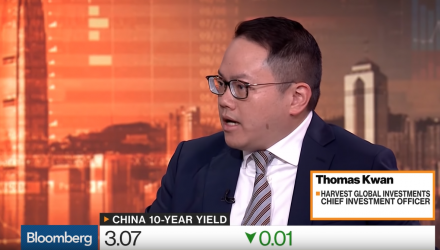Investors are picking themselves up in 2019 after a tumultuous way to end 2018. The Dow Jones Industrial Average fell 5.6 percent, while the S&P 500 was down 6.2 percent and the Nasdaq Composite declined 4 percent.
2018 marked the worst year for stocks since 2008 and only the second year the Dow and S&P 500 fell in the past decade. In 2019, investors are no doubt reassessing their strategies for how to distribute their capital through the rest of the year.
The end of 2018 also spurred a move to bonds as investors sought after safe-haven alternatives amid the volatility.
The default bond play to get broad-based exposure might be the iShares Core US Aggregate Bond ETF (NYSEArca: AGG), which tracks the investment results of the Bloomberg Barclays U.S. Aggregate Bond Index. The AGG gives bond investors general exposure to the fixed income markets, but there are times when current market conditions warrant a deconstruction of the AGG to extract maximum investor benefit.
“While investors spend a lot of time thinking about fund selection, asset-allocation decisions can have a much bigger impact on performance,” wrote Alex Bryan of Morningstar. “Consider a portfolio with a 40% allocation to U.S. stocks, 20% to international stocks, and 40% to U.S. investment-grade bonds.”
With that being said, as more investors begin to add fixed income to their portfolios, it will take more of a strategic bent. As the U.S. capital markets make their way out of the late cycle, it can be opportunities overseas that can be more attractive alternatives.
In the video below, Thomas Kwan, chief investment officer at Harvest Global Investments, discusses China’s bond market, their inclusion in the Bloomberg Barclays Global Aggregate Index, liquidity in the market, foreign ownership and his outlook for the market. He speaks on “Bloomberg Markets: Asia.”
For more market trends, visit ETF Trends

